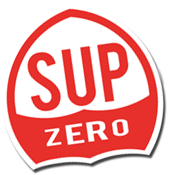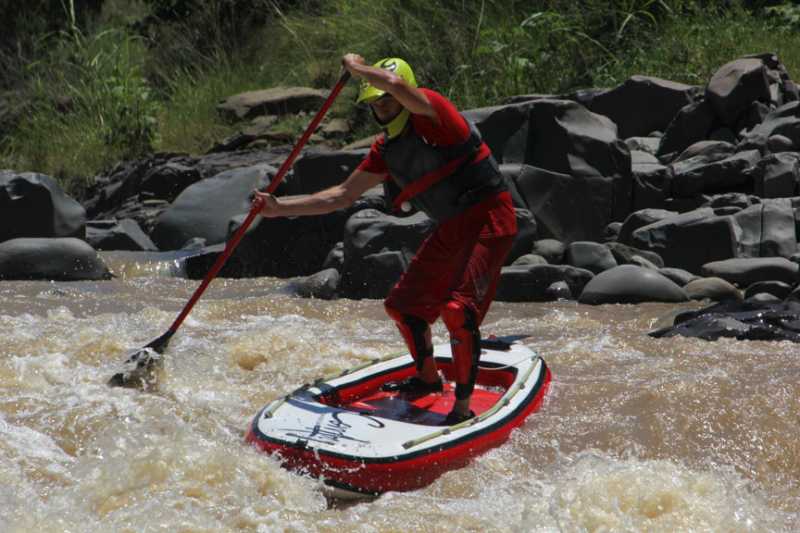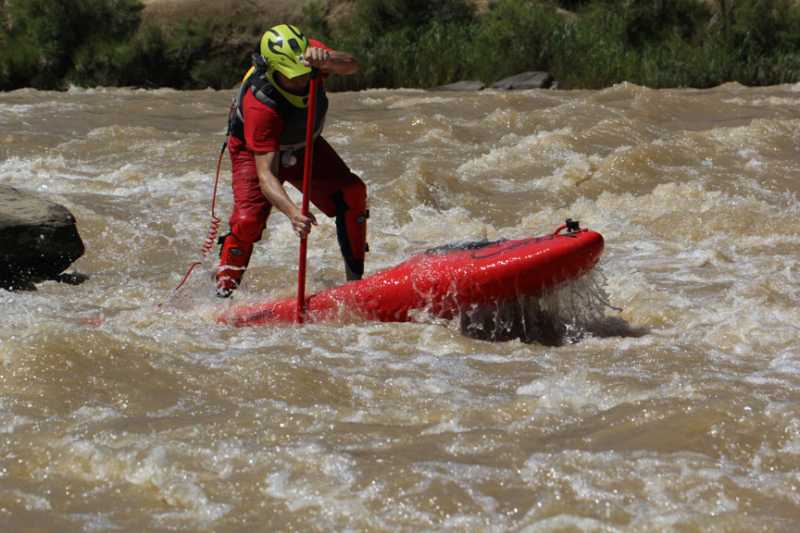Like us on Facebook
Forums
- Add rocker on a Sup » Hello there... (River SUP)
- 11' hard for river » Thanks, But is'nt for the same river... (River SUP)
- sup master instructor course from the Italian Federation for Amateur Paddling: October2016-June2017 » You should check out the ACA SUP program, as it sounds kinda similar...
- Waterblading - Send your Pics » bounce...
- Show us your SUP fish pics! » Extra Wide SUP for Fishing WideSUPfor2-2-3... (SUP Fishing)
- Michael Dolsey SUPs Has Just Opened a Southern California Distribution Center » NEWS FLASH Michael Dolsey Stand Up Paddleboards has just opened a southern Calif...
- Surf Expo 2016: Victory Koredry » Victory Koredry presented their new booth, and its new tagline 'catch the sun'...
- Surf Expo 2016: LXV Jack Pine paddle board » The new LXV Jack Pine paddle board...
[please login to make this ad block disappear]
TOPIC: Disadvantages of 6 inch inflatables?
Disadvantages of 6 inch inflatables? 11 years 1 day ago #32905
|
With so many manufacturers of inflatable SUPs going from 4 to 6 inch, I'm wondering what people think of this. Obviously, the increased stiffness is a huge pro, but what exactly are the cons? A couple that come to my mind are:
- Riding so high means less stability due to the center of gravity moving up. - Riding so high can make the board more nervous, since you're riding on top of the water instead of in it. - The huge floatation combined with the increased stiffness also means it's harder on your body if you fall on it. I fell into the water right next to a 6 inch board, with one foot still on the board, and broke a leg. I'll still not quite sure if the same thing would have happened on a 4 inch board. More thoughts anyone? |
|
|
If you're happy, you're successful.
The administrator has disabled public write access.
|
Re: Disadvantages of 6 inch inflatables? 10 years 11 months ago #32906
|
6 inch is bomber...it really doesn't affect stability as long as the board has sufficient width, 34 inches or so. I haven't found any cons yet, the 6 inch has a more forgiving sidewall, higher float for getting over holes and landing more vertical drops. The board in my avatar is a 6 inch nrs and I could neverland that drop with 4 inch boards. The added float in the 6 made it possible...
Aaron |
|
|
The administrator has disabled public write access.
|
Re: Disadvantages of 6 inch inflatables? 10 years 11 months ago #32908
|
In my opinion ANY flex translates into a much harder time. The Combat, which is 8" thick (but with a 4" standing area) has less flex than any other inflatable board, and it's STILL too flexy for really hard whitewater. Rapids I breeze through on the Streetfighter, are much harder on the Combat, and next to impossible on other boards I've tried.
It's like trying to box standing on a waterbed! Other than the fact that they roll up for transport (very useful) - they suck. Period. Even the best ones - compared to a hard shell. Know of any kayakers who choose blow up creek boats over hard shell? Exactly! |
|
|
The administrator has disabled public write access.
|
Re: Disadvantages of 6 inch inflatables? 10 years 7 months ago #33330
|
Inflatables can be great for people trying to get into river SUP. The flex dissipates the kinetic energy that builds while moving down a river as the board and rider collide into wave, holes and rocks. The more elastic collision help the newer paddler in that some of the energy is absorbed by the board; this means it flexes but also the rider doesn't not have to compensate with as much energy allowing them to remain standing and if not at least on the board. The downside to the 6" board, especially for beginners is controlling the volume on the river. This take more strength, skill and technique as the river goes to push the voluminous board one way and the paddler fights to make if go another. The rigidity is a major plus and work the cost in a lot of ways. I like the smaller version for surfing though. To make a kayak analogy, play boat vs. creek boat. The other downside to the 6" board is that to edge a board the paddler must "sink" a rail, done in order to lift the opposite rail. For a smaller sized paddler sinking the rail can be very difficult and at some point the physics works against you to create a limit on your ability to edge. The buoyancy energy of the board can be more that a person can counter through gravity (body mass). This can mean that for a board with more volume (6" vs 4" thick) a smaller paddler can only sink one rail so much which also means that they can only lift the opposite rail so much and depending on the angle of the board and the current they are maneuvering in; that lift may not be enough. This is a downside to the multiple chamber boards as well.
I love inflatables and the innovation from different companies. Hard boards also have their advantages; it comes down to the paddler and the objective as to which is right. |
|
The administrator has disabled public write access.
|
Re: Disadvantages of 6 inch inflatables? 10 years 7 months ago #33354
|
I disagree. It is noteably harder to run the same rapid on a board that flex's vs one that does not. To say "twice" as hard would be a random statement, but not entirely unaccurate either.
I've tried about every inflatable board on the market that's suggested for whitewater (and several that are not) and none can hold a candle to the Combat. BUT, going from the Streetfighter to the Combat is an instant entire class of difficulty. The Combat has its place (weight, portability etc), but there is no question that a board that's bucking about (even one as stiff as the Combat), loading up, springing free makes even the simplest of rapids much harder than a hard shell board. I've run some solid class 4 (what I call 4 - many others call it 5) on the Combat. it'll do it, BUT it's a whole lot harder than on the Streetfighter. I couldn't run it PERIOD on anything else i tried. As for thicker vs thinner boards, again its simple. Running a rapid in a squirt boat kayak is harder than in aplayboat, which in turn is harder than a river runner, which again is harder than a creek boat. The progression in kayak design (most important factor) is that the squirt boat is like a 4" thick SUP and a Creek boat is like a 8" thick sup (of course you cannot be standing at 8" as this reduces stability - so the standing area must be recessed). The thicker the board, the more forgiving it is for the same reasons that it is on a kayak. If squirt boats were easier to run hard rapids in than a creek boat, then people would be using them. They're not, and for good reason. Thicker detaches you from the various crazy chaotic converging currents, keeps you on top of the water so you can maneuver etc, and stops the water from catching and grabbing your rain and flipping you off. In whitewater, thicker is always better when looking for ease. Stiffer is always better when looking for ease and performance. Corran |
|
|
The administrator has disabled public write access.
|
Time to create page: 0.134 seconds







